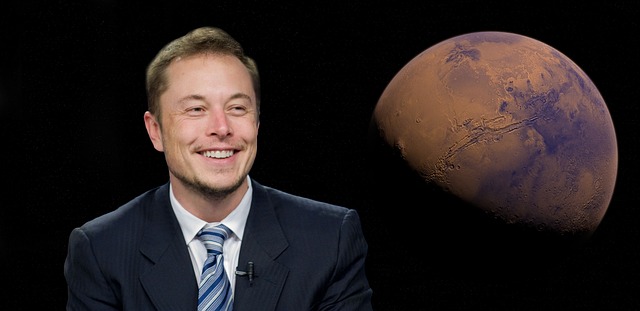
While situated on opposite sides of the globe, Richard Scolyer and Georgina Long found themselves gazing at a scan, and both experienced a sense of dismay. Before them lay, to the untrained eye, a seemingly benign brain. Yet, these longtime colleagues, both esteemed physicians specializing in skin cancer, feared it harbored a hidden danger. In the upper right corner of Professor Scolyer’s skull lay a section of matter lighter and cloudier than the rest. Neurosurgeons swiftly confirmed it was no ordinary brain tumor but rather “the worst of the worst,” a particularly aggressive subtype of glioblastoma with a bleak prognosis. Despite the devastating diagnosis, both he and Professor Long resolved to defy the odds: to save his life by seeking a cure. It might seem audacious, but Australian researchers had previously achieved the seemingly impossible with melanoma. “I couldn’t simply resign myself to an inevitable death without attempting something,” Professor Scolyer remarked.
Three decades ago, when Professor Scolyer and Professor Long first crossed paths as young and astute medical practitioners, advanced melanoma spelled a death sentence. Yet, this very challenge drew them in. Australia, long plagued by the world’s highest rates of skin cancer, presented not just a daunting problem but also immense potential. “When I was in the cancer ward, the most heart-wrenching cases were those with advanced melanoma. It was gut-wrenching,” recalled Long. “I wanted to make a difference,” she emphasized. Today, the impact of their work on the field is nearly immeasurable. Virtually anyone receiving a melanoma diagnosis or treatment worldwide owes a debt to the efforts initiated by the Melanoma Institute they now helm. Over the past decade, their team’s research into immunotherapy, leveraging the body’s immune system to combat cancer cells, has vastly improved outcomes for advanced melanoma patients globally. Where once less than 10% survived, now half can essentially be cured.
This breakthrough, often likened to the discovery of penicillin, is now being applied to numerous other cancer types, further saving lives. Their contributions have elevated them to national treasures, with nearly every Australian touched by their work. This year, they were jointly named “Australians of the Year.” Yet, as they reshaped the field, they also profoundly impacted each other. Their bond strengthened through the frustration of unsolved cases, the triumphs of life-altering discoveries, a shared love for exercise, and the lofty goal of eradicating melanoma deaths in Australia.
Then, last June, Long received a fateful call from Poland, where Scolyer was vacationing when a seizure led to his diagnosis. She spent the night in tears, grieving the potential loss of her friend. Yet, by morning, she was already planning: scouring textbooks, researching clinical trials, and reaching out to colleagues worldwide. Glioblastomas, nestled within the brain’s connective tissue, posed a formidable challenge. The standard treatment protocol, largely unchanged for two decades, offers little hope, with survival rates stagnant at a mere 5%. Long, desperate for a breakthrough, devised a daring plan to treat Scolyer, drawing inspiration from successful melanoma treatments never before attempted in brain cancer.
This approach carried significant risks, as some doubted whether the drugs could reach his brain or elicit an immune response. Yet, Long persisted, driven by a sense of duty and armed with knowledge. Weeks later, a follow-up scan revealed promising signs: evidence of the drugs within the tumor and a surge in immune cell activity. While the average glioblastoma recurrence timeframe is six months post-surgery, Scolyer, after eight months of immunotherapy, shows no signs of active cancer. Another scan in late January returned clean, indicating his brain is “normalizing.” These early results have sparked considerable excitement, offering hope for Scolyer’s extended survival and potential breakthroughs benefiting the hundreds of thousands diagnosed with brain cancer annually.
While the doctor responsible for the current glioblastoma treatment protocol acknowledges Scolyer’s prognosis remains uncertain, he expresses confidence in the potential of immunotherapy. Yet, he cautions that the science remains complex and evolving. Scolyer and Long, mindful of avoiding premature optimism, remain cautiously hopeful. Though a miraculous cure remains unlikely, Scolyer’s continued survival defies the worst-case scenario. As he celebrated his 57th birthday and another Christmas with his family, he embraced the gift of time, a testament to resilience, friendship, and the relentless pursuit of hope.



